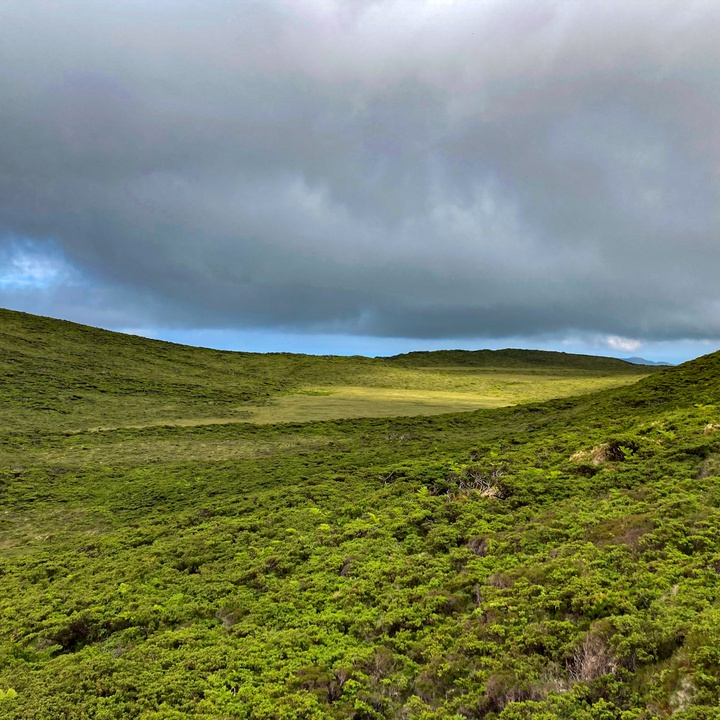Text size:
News

World Wetlands Day
Feb. 2, 2024
More than 50% of the world's freshwater wetlands are peatlands, ecosystems formed by the accumulation of organic matter in poorly drained soils where, under humid and acidic conditions, a peat substrate is formed as a result of the degradation of organic matter in conditions where there is no oxygen.
In the Azores, these ecosystems make up almost 7% of the land area of the Azores and exist on almost all the islands, with the exception of Santa Maria and Graciosa, as they appear mainly in areas of higher altitude and rainfall. In our region, we can find three basic types of peatland: Sphagnum peatlands, dominated by this bryophyte (moss) and normally fed exclusively by rainwater and therefore ombrotrophic (poor in nutrients), herbaceous peatlands, which occur in situations where there is predominantly minerotrophic water (richer in nutrients), and forested peatlands, where a variety of arboreal plants appear.
Sphagnum is a group of plants of the same genus, capable of storing between 15 and 30 times their dry weight in water in specialized cells called hyalines. These plants play a fundamental role in the creation of peatbogs, by storing water in processes that lead to the acidification of the environment.
These ecosystems are naturally rich in biodiversity, with several species of flora native to the Azores and an important habitat for migratory birds.
In the islands' water cycle, peatlands play a significant role, acting as water filters and reservoirs, preventing floods and landslides at times of heavy rainfall, and regulating the flow of waterlines, as they behave like sponges, absorbing excess water and releasing it gradually.
In the fight against climate change, peatlands play a fundamental mitigating role as a carbon reservoir, by fixing this element in the peat while also preventing some of the worst consequences of these changes by regulating the flow of waterlines and absorbing the excessive energy of extreme rainfall events.
These ecosystems are currently protected by various pieces of legislation, including the Habitats Directive, which gave rise to the Natura 2000 network, as well as the Ramsar Convention for wetlands and various regional laws.

